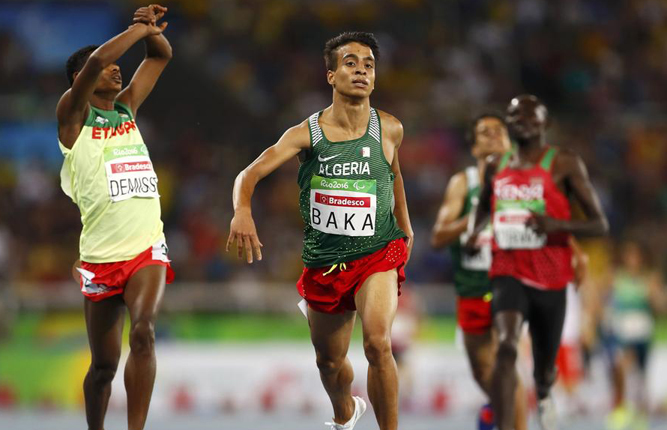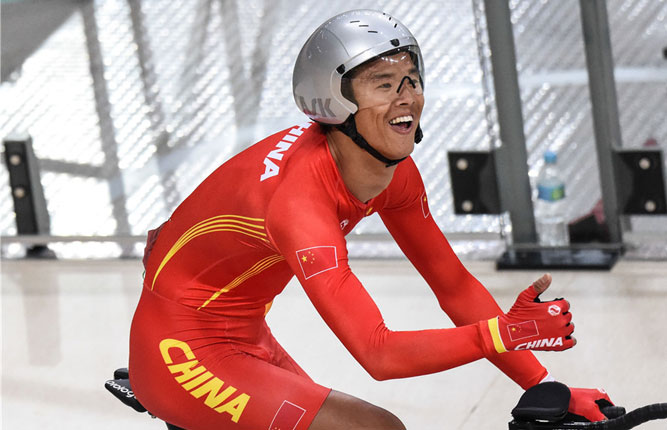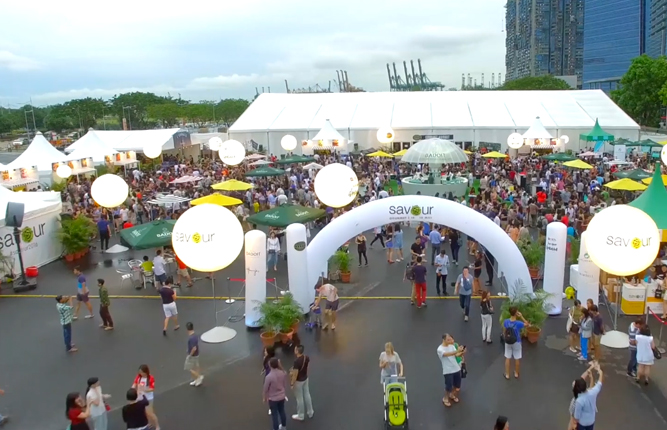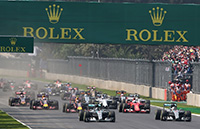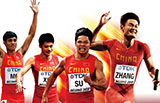Inspiration from the east
By Sun Xiaochen In Melbourne, Australia (China Daily) Updated: 2013-01-17 23:44Japan gets three men's players out of first round as China looks to improve
While China was celebrating the first time one of its men won a set in the main draw of a Grand Slam, Japan was busy enjoying first-round victories from three of its players.
World No 18 Kei Nishikori was joined by Tatsuma Ito and Go Soeda in the second round of the Australian Open, solidifying top-100 rankings for the latter two.
It marked the first time three Japanese men emerged from the first round in a Grand Slam.
Wu Di, China's lone entrant, was left feeling jealous.
"Yes, of course, we would like to have the same success as a group, but we are still lagging behind with two players ranked in the top 200, and others are far away," Wu said after his loss on Tuesday.
Wu's 6-4 second set against Croatian Ivan Dodig earned headlines across China. Still, it's a small step relative to the Japanese.
Nishikori, who is two years older and four centimeters taller than Wu, claimed his second ATP title in Tokyo and reached the quarterfinals in Melbourne last year.
His success seems to be rubbing off.
"It's definitely a positive boost rather than pressure for me," Soeda said of Nishikori's rise after losing to Tsonga in three sets in the second round on Thursday.
"He has the same body, same weight and same height (as us). But he's doing well in the top 20. He gave confidence not just to the Japanese, but to all of Asia's men."
Soeda's coach, Davide Sanguinetti, agreed.
"Now, they do believe in themselves, especially at hard-court events, where they have more experience," he said.
Though they've been able to draw similar inspiration from Li Na, the Chinese men are still unsure their lack of size and power can be overcome.
"Wu has other great qualities. He is a great competitor with a world-class groundstroke forehand and backhand," said Australian national junior coach Des Tyson, who instructed Wu in China's youth camp from 2003 to 2007. "But, yes, it's still hard in the current men's game as the body is playing a bigger role."
A lack of good competition has been another barrier for the Chinese.
Since reaching the quarterfinals at the 2008 Australian Open junior event, Wu's only teammate at his level has been world No 157 Zhang Ze. The two took turns dominating the National Games and domestic events, but both struggled on the Tour without a high level of competition in practice.
"For so many years, there are only two or three players around the top 200 we could train with. We know each other too well and feel no desire to push ourselves harder sometimes," Wu said.
Nishikori, who began practicing at the Bollettieri Academy in the US at the age of 14, attributed his solid baseline shots to playing with other elite juniors at the camp.
"For sure, (world No 62) Ryan Harrison and (world No 21) Tommy Haas ― there were a lot of good player hitting together with me," he said. "It helps a lot. Yeah, hopefully more guys come into the top 100, so we can get stronger together at a higher level."
Grassroots development makes a difference as well.
Professional club tennis and competitive adult and high school leagues established roots in Japan, which has dozens of community and regional tennis associations.
China is catching up with more WTA and ATP tournaments, and is drawing teenagers' interest with school promotions.
"I think it takes time, but won't be far as there are already so many elite events held annually in China," Tyson said.

